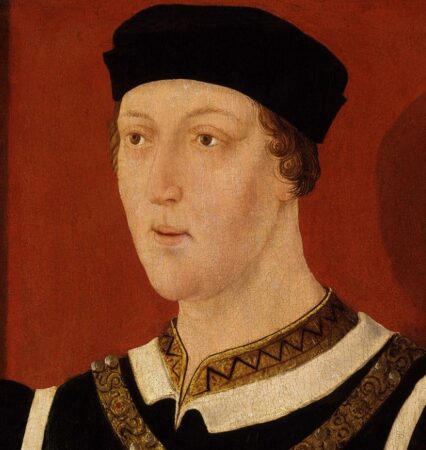On Sunday 29th October, Leicester Cathedral held the High Sheriff of Leicestershire’s Justice Service at St Mary De Castro. As an introduction to the service, Virginia Wright wrote a short history of St Mary de Castro and referred to several historical legal connections.
St Mary de Castro is a church with over 900 years of history and is one of the oldest in Leicester. The suffix “de Castro” or “of the Castle” was to distinguish it from the Abbey Church of St Mary. It has been at the centre of Leicestershire’s history, lying adjacent to the Castle which has played an important historic role in upholding the law within the County.
It is possible St Mary de Castro’s roots go back to Saxon times, owing its origins to Aethelflaed (Ethelfloeda), Lady of the Mercians, but there is no written evidence of this. In 1107, Robert de Beaumont, Earl of Leicester, founded the present church for use by himself and his family living in Leicester Castle.
A courtroom was based in Leicester Castle’s Great Hall from 1273 until 1888. It was then used as the County Courts until 1990. Its use for over 800 years is one of the longest in England.
It is believed Chaucer married his second wife, here in 1366. Leicester Castle hosted the Parliament of Bats in 1426 – so-called because those attending were not allowed to carry swords, so armed themselves with clubs, or bats. The King at the time, Henry VI (below), was knighted in St Mary de Castro.

Richard III was the last monarch to stay in Leicester Castle and it is said his body briefly rested in the church after his death at the Battle of Bosworth in 1485. During his reign he enacted several laws that still have a significant influence on the legal system today, such as the concept of bail and legal aid.
In May 1882 there was trouble between the judge sitting at the Castle Court and the bellringers of St Mary de Castro. The bells of St Mary’s rang out in honour of Queen Victoria’s birthday and the judge struggled to hear the testimony of the witnesses, so he sent the Police Constable (PC) on duty over to the church to tell the ringers to stop, they refused. Twice the judge sent the PC over to stop them ringing, each time there was a brief pause before they started up again. The judge then threatened to make ringers pay for any expenses arising from adjournment. The bells only stopped after being ordered to by the vicar.